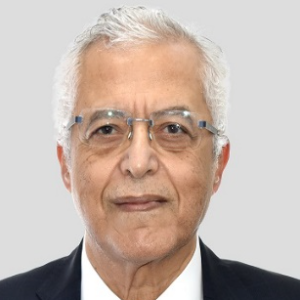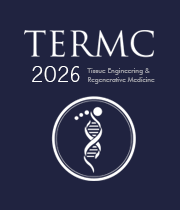Mechanical Conditioning of Engineered Tissues
Tissue engineering scaffolds strive to create biophysical and chemical signals that resemble the stem cell environment. Stem cells, on the other hand, may detect these features and alter their fate. Scientists use scaffold design and in vitro studies to try to explain these events, but the mechanisms involved are still unknown. Mechanical forces in cell behaviour, in particular, have only recently begun to gain attention. Mechanical stress, for example, can cause cell deformation and remodelling, which has a substantial impact on cellular function. Living cells also sustain or create forces, and mechanical loading causes deformation and remodelling, which has an impact on many aspects of human health and disease. As a result, stress in cell behaviour has received increased attention. It's difficult to model the constitutive behaviour of cells using biophysical cues. The stimuli are present in vivo, but reproducing their features in vitro is a difficulty.

Nagy Habib
Imperial College London, United Kingdom
Lucie Bacakova
Institute of Physiology of the Czech Academy of Sciences, Czech Republic



Title : AI-integrated high-throughput tissue-chip for space-based biomanufacturing applications
Kunal Mitra, Florida Tech, United States
Title : Stem cell technologies to integrate biodesign related tissue engineering within the frame of cell based regenerative medicine: towards the preventive therapeutic and rehabilitative resources and benefits
Sergey Suchkov, N.D. Zelinskii Institute for Organic Chemistry of the Russian Academy of Sciences, Russian Federation
Title : In vitro evaluation of lyophilized Dedifferentiated Fat cells (DFAT) impregnated artificial dermis
Kazutaka Soejima, Nihon University, School of Medicine, Japan
Title :
Nagy Habib, Imperial College London, United Kingdom
Title :
Alexander Seifalian, Nanotechnology & Regenerative Medicine Commercialisation Centre, United Kingdom
Title : The regenerative medicine of the future
Marco Polettini, DVM, Italy